Strech objective
Stretch objectives” or otherwise known as “Uncommitted objectives” are iteration (sprint or Train / Program Increment) objectives which are not publicly committed to by the team(s).
They can be likened to secondary objectives, the achievement of which makes it possible to compensate, in whole or in part, for the loss of value if the main objective is not achieved.
They are used to show what the team wants to achieve without distorting the main objective. Stretch objectives” are used to identify work that may be variable within an iteration.
The work is planned, but the result is simply not certain. Teams can apply these “stretch objectives” whenever confidence in achieving the objective is low.
This can be due to a number of circumstances: dependencies with another team or supplier that cannot be guaranteed; the team has little or no experience with features of this type. In this case, teams can plan spikes at the start of the iteration to reduce uncertainty. The business depends on a large number of fairly critical objectives and the team is already working at almost full capacity. In this case, a few “stretch objectives” (no more than 2-3) are welcome. Stretch objectives offer several advantages: Economic improvement – Without stretch objectives, a team commits to 100% scope within a fixed timeframe. This forces teams to compromise on quality or create other buffers in the system. Other buffers can build up and convert “uncertain earliness into delay”, resulting in lower overall throughput. Increased reliability – “stretch objectives” represent a variable scope, enabling confidence in the delivery of key priorities. In turn, meeting stated commitments is the single most important factor in building trust between teams and stakeholders. Adaptability to change – To deliver reliably at a given rate, stretch objectives provide the margin of capacity needed to meet commitments, while adjusting priorities if necessary, when the facts change.
These “stretch objectives” are not taken into account in the iteration commitment (sprint planning / PI Planning), but if they bring value to the demonstration, they are effectively accounted for in the value obtained.
In this way, these “stretch objectives” can improve predictability.
Ref :
PI Objective SAFe: scaledagileframework.com/pi-objectives/
MyAgile Partner : myagilepartner.com/blog/index.php/2019/06/19/stretch-objectives/

